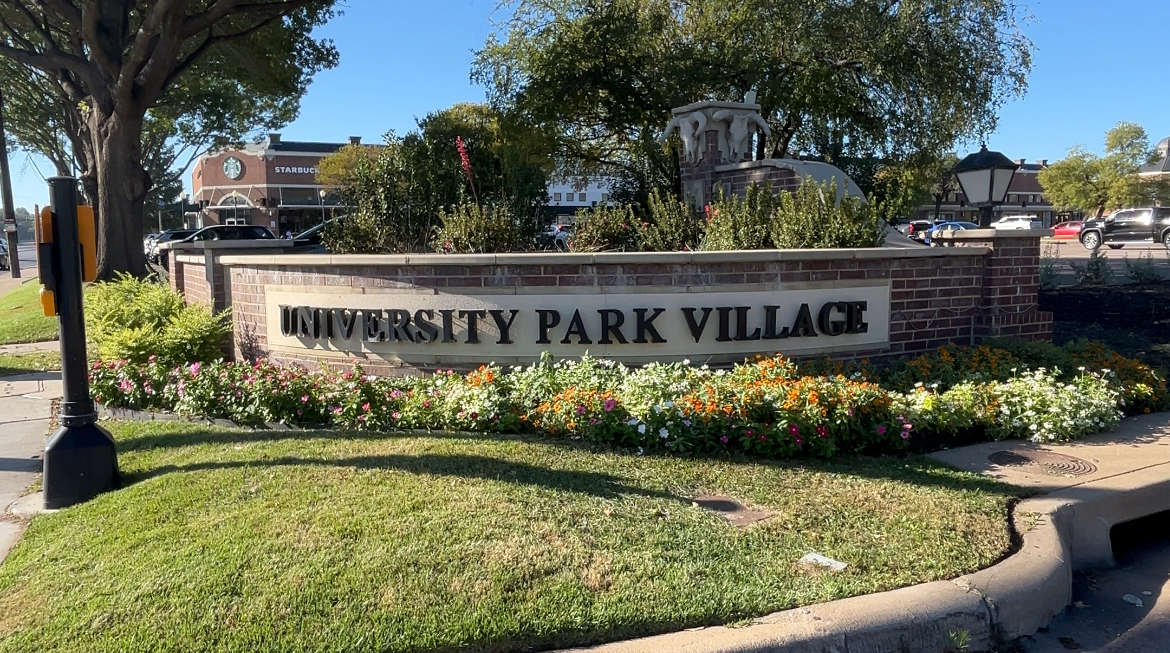Kyle Beck uses coloring books to help teach the students he works with.
But he isn’t an elementary school teacher – he’s an athletic trainer and he uses the coloring books to help student athletic trainers at Paschal High School learn the parts of the body.
Student trainers study muscles and bones and learn their interaction, Beck said.
Paschal does not offer coursework specifically for athletic trainers because the school wants students to focus instead on the courses they need to graduate, said Beck, a licensed trainer who also works with the middle schools that feed Paschal.
Beck said Trimble Tech High School is the only high school in Fort Worth ISD to offer an athletic training course. One of the reasons is that most of the head trainers don’t teach classes is that the district also requires a teaching certificate in addition to their state certification, he said.
Student volunteers mainly get ice bags ready, remove blood from players and uniforms, as well as help athletes through rehabilitation and physical therapy, Beck said.
Blood has to be removed from uniforms as a safety precaution to make sure diseases do not spread among players, he said. Trainers will use products like hydrogen peroxide or Blood Buster, a product specifically designed to remove blood, to erase the stains.
Beck said that students mainly get to work with ankle sprains, one of the most common injuries high school athletes suffer. They throw medicine balls to the athlete to work on the ankle’s balance and strengthen the ankle. But that’s about as much hands-on experience the student volunteers get. Beck teaches students on how to tape ankles, which is one of the essential tasks athletic trainers perform. But at this point, he allows only one of his three volunteers to tape fellow students.
Athletic training is more than just bringing water and taping ankles. Athletic trainers are “health care professionals who collaborate with physicians to optimize activity and participation of patients and clients,” according to the National Athletic Training Association’s website.
Most of the time, athletic trainers are the first responders on the field, Beck said.
One of the other trainers in the district works closely with MedStar Health, which is a locally based healthcare system. That trainer worked to change MedStar’s policy on equipment removal after an injury, Beck said.
Beck said that most EMT’s are taught to remove equipment like shoulder pads and helmets once on the scene. However, he said, that the equipment could serve as a brace. Beck said when trainers suspect a spinal injury, they often leave the shoulder pads and helmet on to stabilize the athlete’s back.
When Beck was in high school at Paschal in the early 2000s, he said, there were only two or three trainers for the entire district. Back then, there was a central facility where students were taken to be treated by athletic trainers.
Now, there are 13 athletic trainers in FWISD, one for each high school and its feeder schools. Beck said he takes care of more than 1,300 athletes between Paschal and its two middle schools.
He said some other districts offer athletic training classes for student trainers and a minimum of two professional trainers for each high school.
Sometimes other districts contract out training for middle schools, but that is changing and they are beginning to hire trainers for their middle schools also, he said.
The Federal Bureau of Labor Statistics estimates that the professional of athletic training will grow at least 30 percent by 2020.



